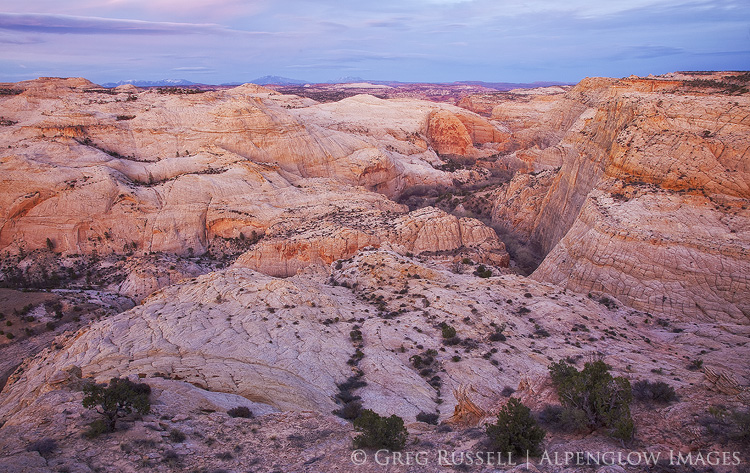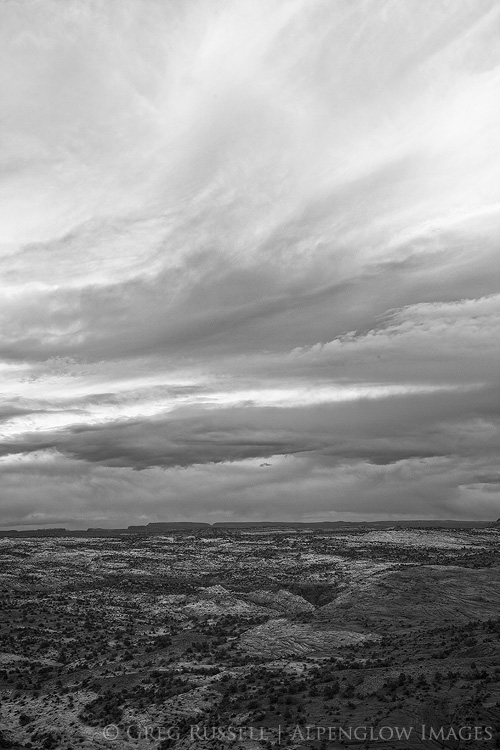“We spend our days trying to be big. In the middle of nowhere, though, we can surrender to smallness again and instead find where we fit in the landscape. Out there, where there’s nothing, is where there’s the most to learn.” – Christopher Solomon, A Case for Getting Far, Far Away
In my last post, I briefly described a backpack through the canyons of the upper Escalante River. This entire area of southern Utah is among the most remote in the western United States. As a result of this (or maybe because of this) it is sparsely populated; depending on where you’re at, the nearest traffic signal can be hundreds of miles away and the stars in dark night skies vastly outnumber any town lights.
The Escalante River and its tributaries have cut sinuously through the sandstone in this area below the Aquarius Plateau. As I said in my last post, it’s rugged country, but its matched perhaps only by the mettle of the area’s first explorers*.
As an underscore to the already remote nature of this country, about a century after the Escalante-Dominguez expedition, Major John Wesley Powell came through this area (roughly) on his Colorado River expedition. He named the Henry Mountains, which are not insignificant, and are visible from much of southeastern Utah. The Henries were the last mountain range in the contiguous United States to be named and explored (the Navajo call them Dził Bizhiʼ Ádiní–mountain whose name is missing).
There are certainly places you can go in the Grand Staircase-Escalante National Monument where you would feel anything but alone, but there are far more that would give you a feeling of complete isolation. I can’t help but think that perhaps searching out that feeling of solitude–taking time to listen to the deafening silence–is something we should do from time to time. I’m grateful there are still places like this for us to do just that.
*Father Silvestre Vélez de Escalante is regarded as one of the first Europeans to have explored this area as part of the Escalante-Dominguez expedition in 1776. Before reaching this area, they were forced to kill and eat their horses while searching for a crossing of the Colorado River (the place where they eventually crossed is now known as the Crossing of the Fathers, which is underneath Padre Bay in Lake Powell).



